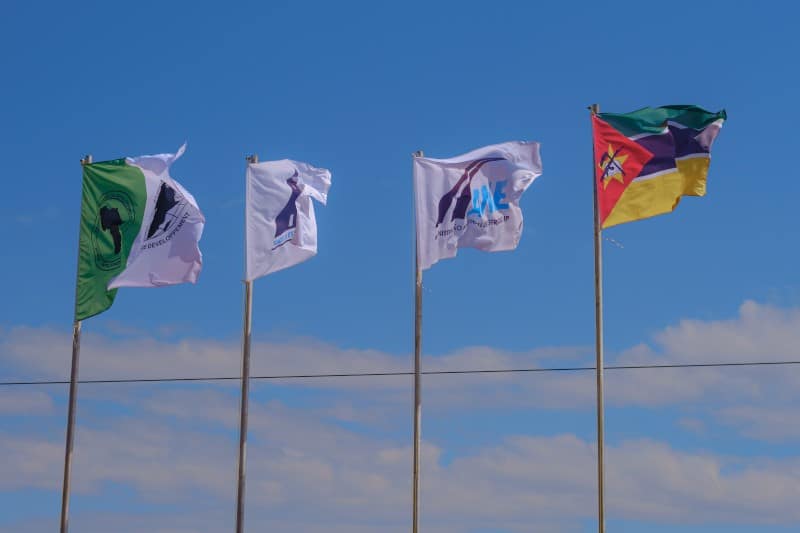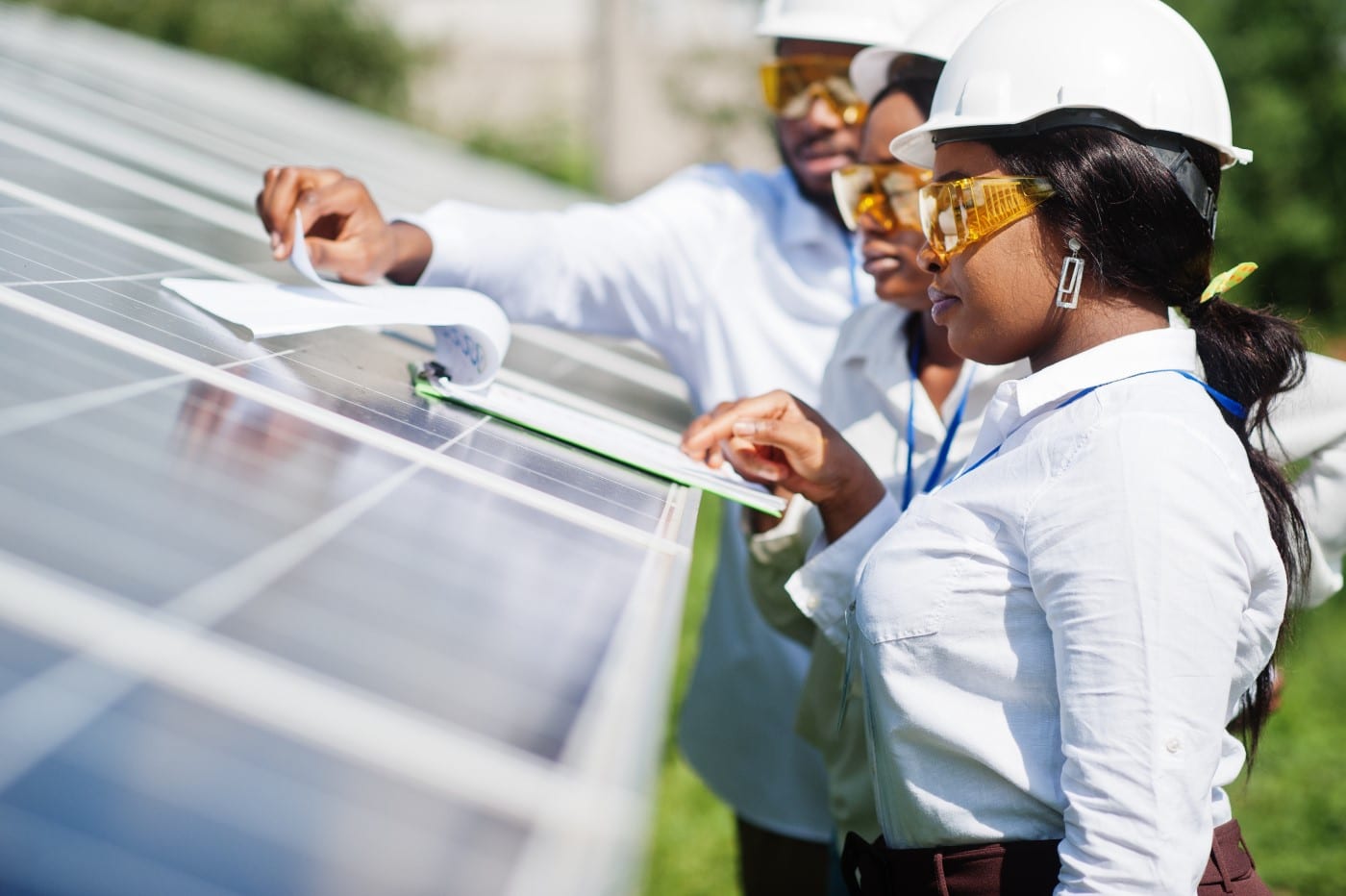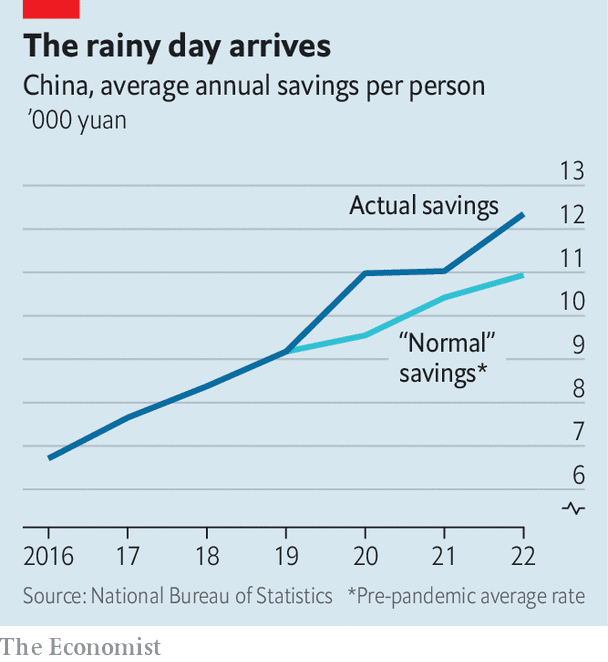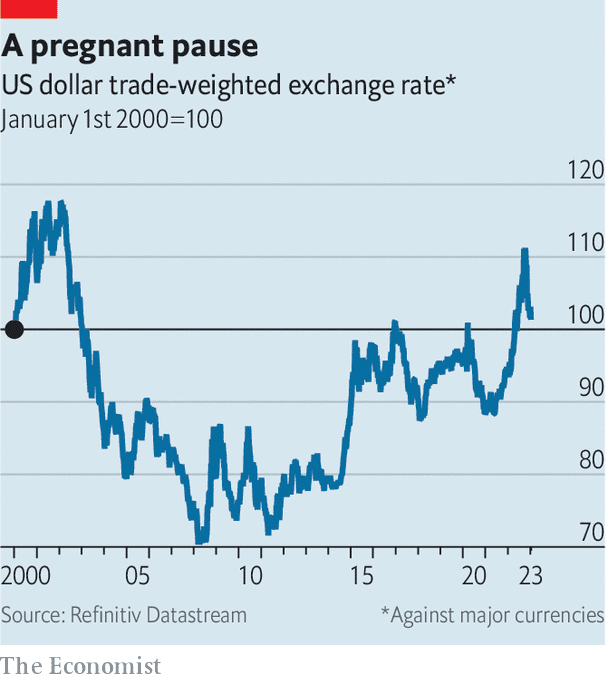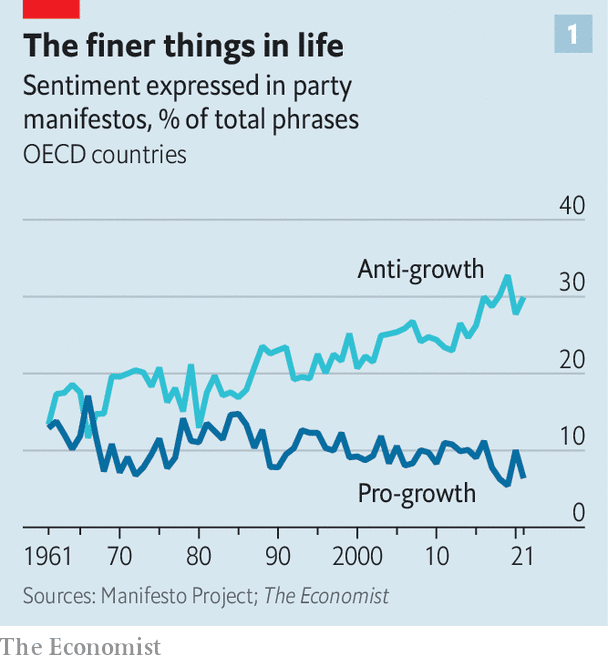Mozambican President Filipe Jacinto Nyusi has commissioned a key link road funded by the African Development Bank. Completion of the Negomano-Roma Road, in the country’s northern province, is already enabling communities in the Mueda district of the northern Cabo Delgado region to enjoy improved road conditions, access to health and education, and increased local economic activity.
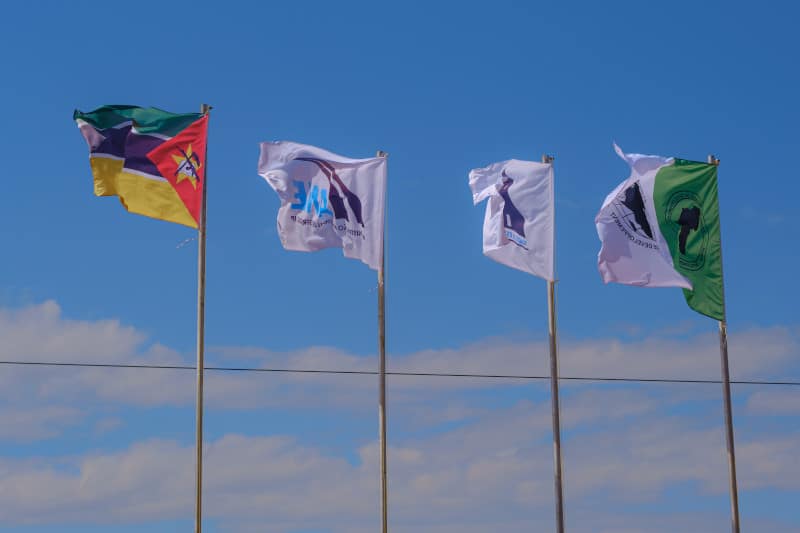
Nyusi praised the African Development Bank as a strategic partner of his country’s development agenda. He said the road would facilitate trade, the movement of people and goods, contributing to the increase of incomes, and growth of Mozambique’s economy.
“The road is a great gain for the viability and maximization of regional integration,” Nyusi said. “It is also the materialization of a dream of first Mozambican president Samora Machel and his Tanzanian counterpart, Julius Nyerere, whose goal was to bring together the bonds of fraternity between both countries.”
Minister of Public Works, Housing and Water Resources, Carlos Mesquita described the construction of the road marked “a significant milestone for regional development”. The construction of the 164-kilometre section from Negomano to Mueda is estimated to cost $170 million. The project has been executed in phases, with the first phase approved by the African Development Bank’s board in 2016 for a loan of $70 million.
In 2019 and 2022, the African Development Bank’s board approved an additional grant funding totalling $100 million. This was for the construction of the 35-kilometre stretch of road between Roma and Nambungale. Works on the sections Roma – Nambungale – Mueda are expected to commence early in the first quarter of 2024.
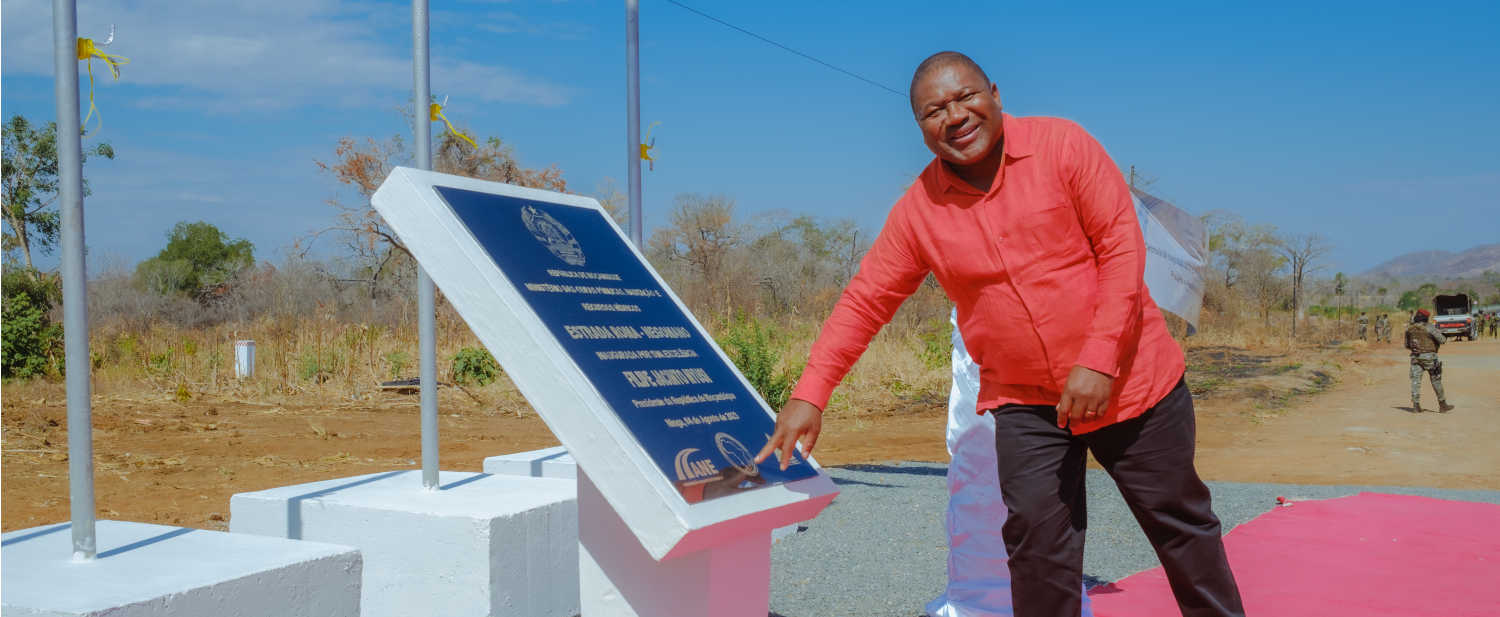
The road is a priority under the Mozambican government’s development plans for the northern region, which has significant economic and social potential, despite many challenges that have resulted in a lack of economic opportunities. The road is expected to improve trade between Mozambique and Tanzania in the long term and help address some social challenges and hardships. Construction took 42 months, with 417 local workers hired by the contractor under the framework of promotion and inclusion of local content.
Speaking for the African Development Bank, Abogo said the road provided an opportunity for stronger economic cooperation and integration between Mozambique and Tanzania, and the entire SADC community. “The delivery of such an asset is precisely what the Bank envisions by financing transformational infrastructure projects towards the achievement of its long-term strategy,” Abogo said.
Residents along the corridor have expressed their enthusiasm about the road’s positive impact on their daily lives. Elsa Joao, a resident of Ninga, said: “Before the construction of the road, it was difficult travel to the nearby hospital to receive medical care in Negomano, especially during the rainy season.”
Fellow local Cipriano Vintane recalled how before the construction of the road, it took three to four hours to travel between Negomano and Roma. “Now, the trip can be completed in less than an hour,” Cipriano said.
The project will include a social inclusion component involving the construction and rehabilitation of various schools, health centres, water boreholes, markets, a transformation centre for women’s associations and a vocational training centre.
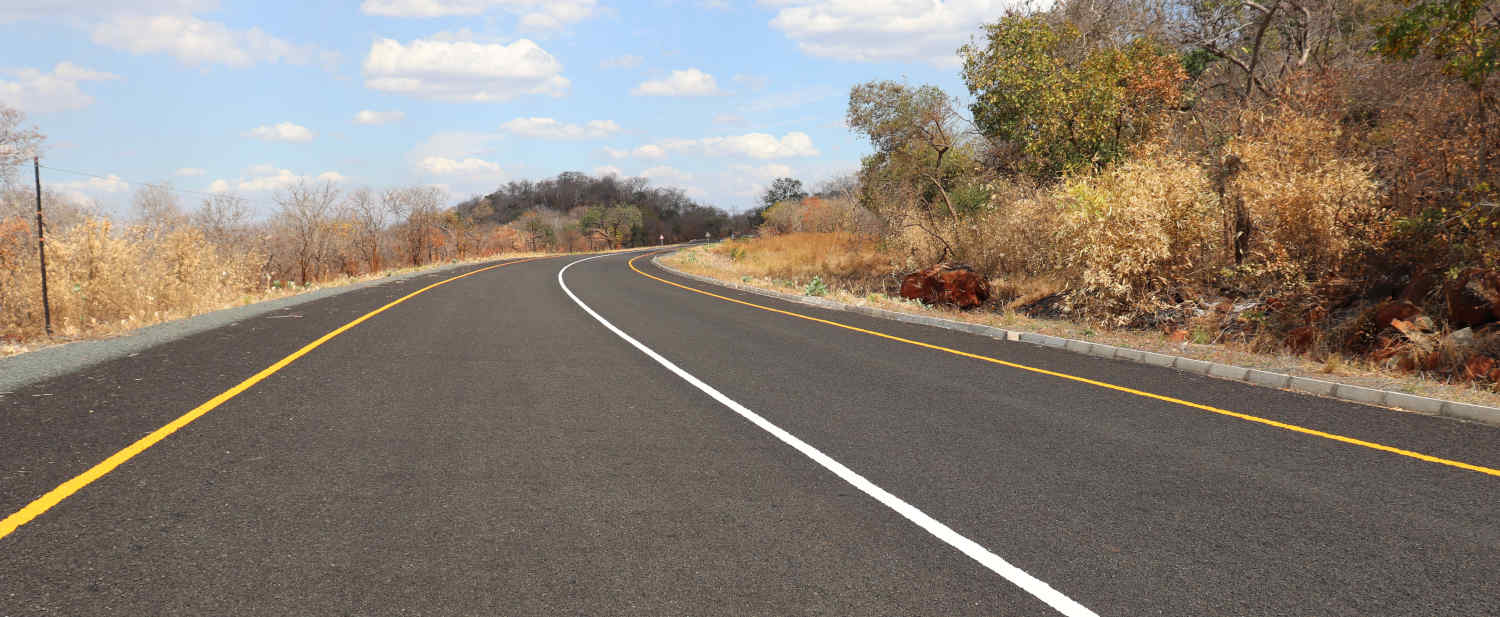
The African Development Bank is one of Mozambique’s leading development partners in the transport sector.
The project aligns closely with the Bank’s regional integration priorities as well as its commitments under the African Development Fund, the Bank’s concessional lending arm.
These commitments include supporting trade facilitation in African Development Fund countries and on issues related to fragility, especially for northern Mozambique.
Source: afdb.org
Methodical, thoughtful and rigorous, Samia Ben Abdallah Ben Khalifa never rushes into anything. In 2019, the graduate of the National School of Architecture and Urban Design in Tunis launched her own business: AWA, for “Architect with Artisan”, a line of leather goods and various accessories.
Samia waited two years before she used funds made available to her seven years earlier by Souk At-tanmia, to ensure her project would be a success. Hosted by the African Development Bank Group, Souk At-tanmia was set up in 2012 to offer practical financial help and support in the form of training, coaching, mentoring, access to markets and networking to business promoters.
The programme, supported by the Bank Group and several partners, has provided direct assistance to almost 800 entrepreneurs in North Africa, including in Egypt, Morocco and Tunisia.
Souk At-tanmia was followed in 2019 by EInA (Entrepreneurship Innovations and Advice – North Africa), a platform for entrepreneurship, innovation and advice aimed at first-time entrepreneurs in the region. EInA compounds the support provided by Souk At-tanmia, with the aim of promoting sustainable job creation in North Africa through operational innovations in public policies to support entrepreneurship.
In the interview below, Samia Ben Abdallah, winner of the “Female Entrepreneur 2021” award in Tunisia’s artisanal sector, explains how Souk At-tanmia supported the launch of her business.
Tell us about your business
Architect with Artisan makes bags and jewellery inspired by Tunisia’s architectural heritage. Our products are made locally by Tunisian artisans, with the most sustainable materials possible. In particular, they are made with leather offcuts from leading luxury brands. This year, we innovated by sourcing unsold “fast fashion” items through the Indigo Tunisia platform, which distributes the Zara, Bershka and Celio brands in Tunisia. Over the last six years, we have produced over 100 jewellery and leather goods lines, sold to 1,500 customers in five countries.

How was AWA set up?
I applied to Souk At-tanmia in its second year, in 2014-2015, and was a finalist. It was a big moment for me. I took time to refine my plans and launched the business two years later. I wanted to be sure I was going in the right direction.
In the beginning, I put forward a design project based on home decor accessories but along the way, I realised it wasn’t perhaps the biggest need in Tunisia. By talking it through with the coaches at Souk At-tanmia, I realised that fashion would be the best option in Tunisia. I took that on as a big challenge, and designed my first bag. I’ve now been on this adventure for five great years!
Can you say more about your cautious approach?
Souk At-tanmia gave me a gift, and I felt accountable to the people who had placed their trust in me. At the same time, in those days, we weren’t in the best market for designing decorative items. The enthusiasm that was there at the start of the Tunisian Revolution was starting to fade. I redefined my project and the fact that I was passionately convinced that there was a market to support my concept helped a lot. My approach was underpinned by caution and conviction.
Successful implementation is also critical – how did that work?
I had ten years’ experience in architecture. That allowed me to develop concepts that combined design, aesthetics and culture, but also the technical skills and coordination of a whole network of other people. I was familiar with production methods in Tunisia.
I also got high-quality training from Souk At-tanmia on strategy development, marketing and sales techniques, which was really very thorough. The Tunisian ecosystem also helped. A lot of people may not know this, but there is no lack of talent or production facilities in the textiles, fashion, leather goods and similar sectors in Tunisia and in terms of craftsmanship, there is real know-how, an innovative value chain and quality.
Would you say you had an entrepreneurial spirit at the start?
Probably a little. I come from a family where most people work for themselves.
I wanted to find work I would find satisfying and was motivated by a desire to do things differently, in a new way. Later, when I set up the business, I was energized by the experiences of other people, the people who encourage us, give us recognition and validation. I was selected three times in a row for Paris Fashion Week, a high-end trade show, and for me that meant recognition and confirmation that my efforts were going in the right direction.
How did the first six years with AWA go?
Overall, they were good years spent learning a new set of skills: marketing, commerce, communications and sales, not forgetting the production side of things. The collections have to be updated, so in short, it’s an iterative process of testing and learning. Now, I think I’ve reached another stage, with a more ambitious strategy focusing on internationalisation. I will need to consolidate long-term strategic partnerships with reliable, committed business partners and increase my number of staff, which is set to grow from a small team of two to around ten employees.
What were the main challenges over those six years?
The positive surprises were more common than the pitfalls. The latter are part of an entrepreneur’s daily life. Our role is to find solutions. One of the great pleasures of my new life is meeting people, which is incredibly interesting on a professional and human scale, and building genuine partnerships. One of the keys for me is to surround myself with good people, who help to tackle issues calmly and with confidence.
What advice would you give a young woman planning to start her own business?
I’d tell her to capitalise on what makes her different from other people. Not do something that’s already being done in the target market but develop something truly unique. Also, to surround herself with good people and build strong partnerships, with clear understandings and clear signposts. Surrounding yourself with good people means getting support from mentors, whom you talk to regularly, and with whom you can have constructive, stimulating conversations.
Where will AWA be in five years’ time?
Our brand will be distributed internationally. It will be a fashion accessories brand inspired by the Mediterranean, a combination of the civilisations that built its heritage, with an inspiring, engaged, contemporary, modern aesthetic.
Source: afdb.org
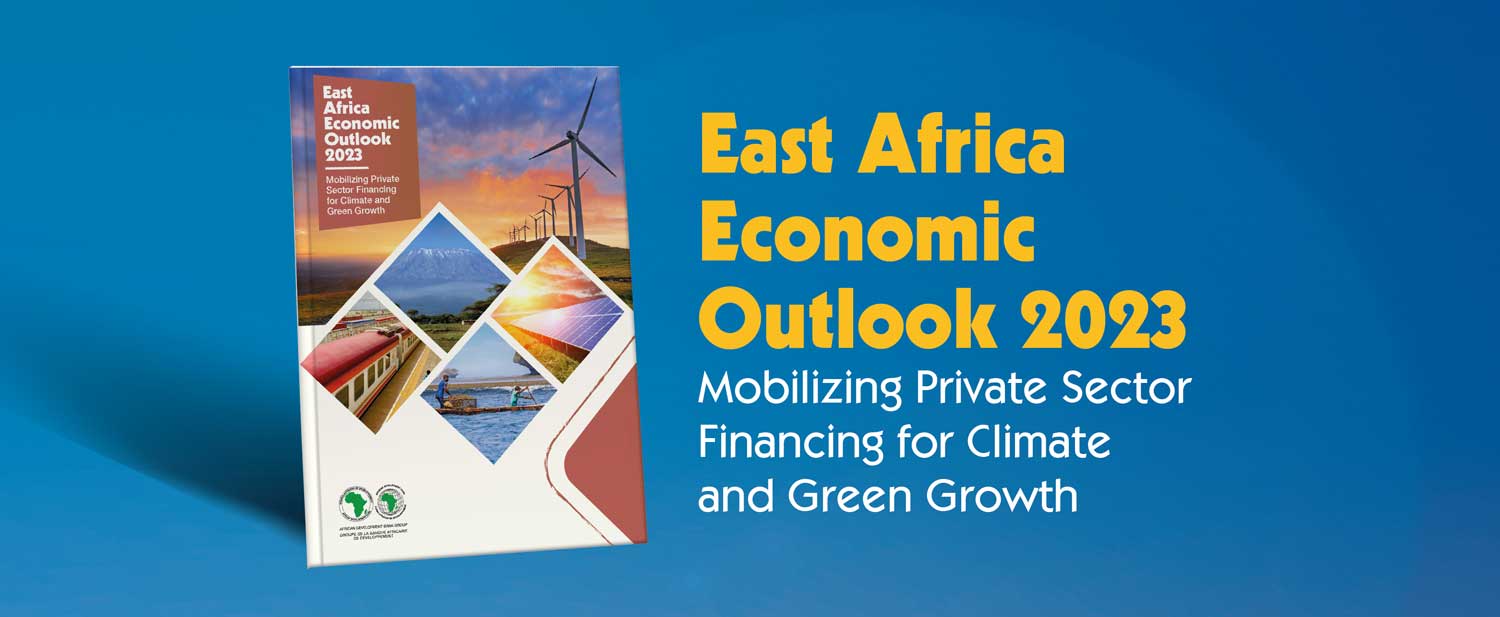
East Africa will register the highest regional economic performance on the continent in 2023 and 2024, with growth figures at over 5 percent, according to the newly published African Development Bank 2023 East Africa Economic Outlook.
The report, launched on Thursday 27 July, projects mid-term economic growth in the region to accelerate to 5.1% in 2023 and 5.8 % in 2024, outpacing all the other African regions. This will be largely driven by growth in Rwanda, Uganda, Ethiopia, Kenya, Djibouti, and Tanzania.
According to the report, East Africa’s real GDP was propelled by its services sector, contributing almost half of the economic growth in 2022. The sector contributed 2.0 percentage points to GDP growth, lower than 2.5 percentage points on average for the period 2015-2021. The region’s natural and cultural attractions draw tourists from around the world, creating a demand for services like accommodation, food, and entertainment.
The East Africa region, however, faces several external and domestic downside risks that could affect the positive economic outlook. These include a global economic slowdown, rising commodity prices, the continued Russian invasion of Ukraine, international trade policies, tightening of global financial conditions, exchange rate depreciation, and a resurgence of Covid-19.
“The domestic risks include gaps in infrastructure, domestic conflicts and political instability, macroeconomic imbalances, and adverse impacts of climate change,” the report states.
The annual flagship Africa Economic Report of the African Development Bank offers an assessment of the region’s recent macroeconomic performance. The report also examines medium-term projections and the risks to the region’s growth outlook, providing in-depth analysis of topical issues that the region is grappling with.
The theme of the 2023 report is “Mobilizing Private Sector Financing for Climate Change and Green Growth”. It delves into the imperatives for a green transition for Africa and the role of private sector financing. It further presents a case for natural capital as a key source of financing for climate-compatible growth in East Africa.
Despite contributing less than 4% to total global carbon emissions, African countries face significant climate financing challenges to respond to mitigation and adaptation measures required to tackle climate change effects.
The report outlines four common challenges faced by the region’s economies, which justify a strong, inclusive green growth agenda. They include reliance on agriculture for livelihoods, natural resource dependence, energy, and water scarcity. It urges East African countries to adapt green growth pathways by tapping into key sectors like renewable energy; sustainable agriculture and infrastructure; and forestry.
“In 2020, East Africa could only cover 11% of its estimated annual climate financing needs of $67.2 billion, highlighting the significant financing gap challenges for climate change and green growth in the region,” African Development Bank Director General for East Africa, Nnenna Nwabufo said during the virtual launch session, adding: “It is obvious that at least 50% of climate financing will have to be sourced from the private sector.”
Nwabufo said boosting private sector financing for climate change and green growth in East Africa will also require a mix of well-sequenced policy interventions. “In the short to medium term, there is a need to amplify private sector participation in climate change initiatives through dialogue, to boost resource mobilization, among other interventions,” she said.
The Bank’s chief economist and vice president Prof Kevin Chika Urama, called for appropriate regulations, incentives and support for project preparation, as well as the development of strong capital markets that could ease entry and exits by domestic and global investors.
“It will require greater use of blended finance, deployment of de-risking facilities at scale, and the development of platforms that can allow the private sector to invest in a portfolio of green projects as opposed to individual projects to diversify and manage risks,” said Urama.
Kenyan Cabinet Secretary for National Treasury and Economic Planning, Prof Njuguna Ndung’u, keynote speaker at the report launch, called on regional governments to work with development partners and meet their end of the bargain to accelerate the pace of transformation in a region that is riddled with debt. “The growing debt burden is holding back the growth potential of our countries, thereby elevating poverty rates and inequality,” he said.
East Africa Regional Office Lead Economist, Dr Marcellin Ndong Ntah, noted that the region will continue to post the highest inflation rates in Africa in the medium term, due to the debt situation, global shocks and internal conflicts, adding nonetheless, that the inflation pressure is slowly easing.
He said: “Debt vulnerabilities will also remain elevated in East Africa, with exchange rate depreciation and high primary deficits exacerbating sustainability risks.” He cited Burundi, Comoros, Djibouti, Ethiopia, Kenya, South Sudan, as countries with high debt risk.
Dr Edward Sennoga, a second lead economist with the East Africa regional office said the region’s is endowed with natural capital that is yet to be harnessed. “The region is well placed to advance its pursuit of climate and green growth ambitions, given its market size; youthful population that could double by 2050; green technology potential; and significant natural resource endowments.”
“The region is well placed to advance its pursuit of climate and green growth ambitions…
There is a lot the region can leverage on. The region has significant opportunities in green growth sectors notably agriculture, energy, ICT, transport, and the blue economy.”
These are investment opportunities that can contribute to addressing financing gap challenges for climate change and green growth,” Sennoga said.
Other discussants during the report’s presentation included Ethiopia’s State Minister for Planning and Development, Sandokan Debebe, who also reiterated the importance of putting the private sector at the forefront of climate financing, in line with policy recommendations of the 2023 East Africa Economic Outlook.
Dr. Rose Ngugi, Executive Director, Kenya Institute for Public Policy Research and Analysis and Mary Ngelela Maganga, Permanent Secretary, Vice President’s Office, Government of Tanzania, also participated in the launch.
To read the report and to learn more, click here
Source: afdb.org
IN efforts to respond to growing demand of electricity supply to the increasing development projects, Zanzibar government has plans to produce 48 Megawatts of solar electricity by 2024.
After the global financial crisis a decade later, China’s growth helped to stabilise the world. This year it will once again make the single biggest contribution to global growth.
Virtually everyone thinks the dollar will weaken in the exchange markets in 2023
It could take years for rich-world government bonds to become boring again!
A serious, slow-burning malaise
The Assets Recovery Agency claimed that shell companies were also incorporated in Kenya for purposes of taking advantage of the liberal financial system to launder funds.
A year of rising rates has scrambled markets
